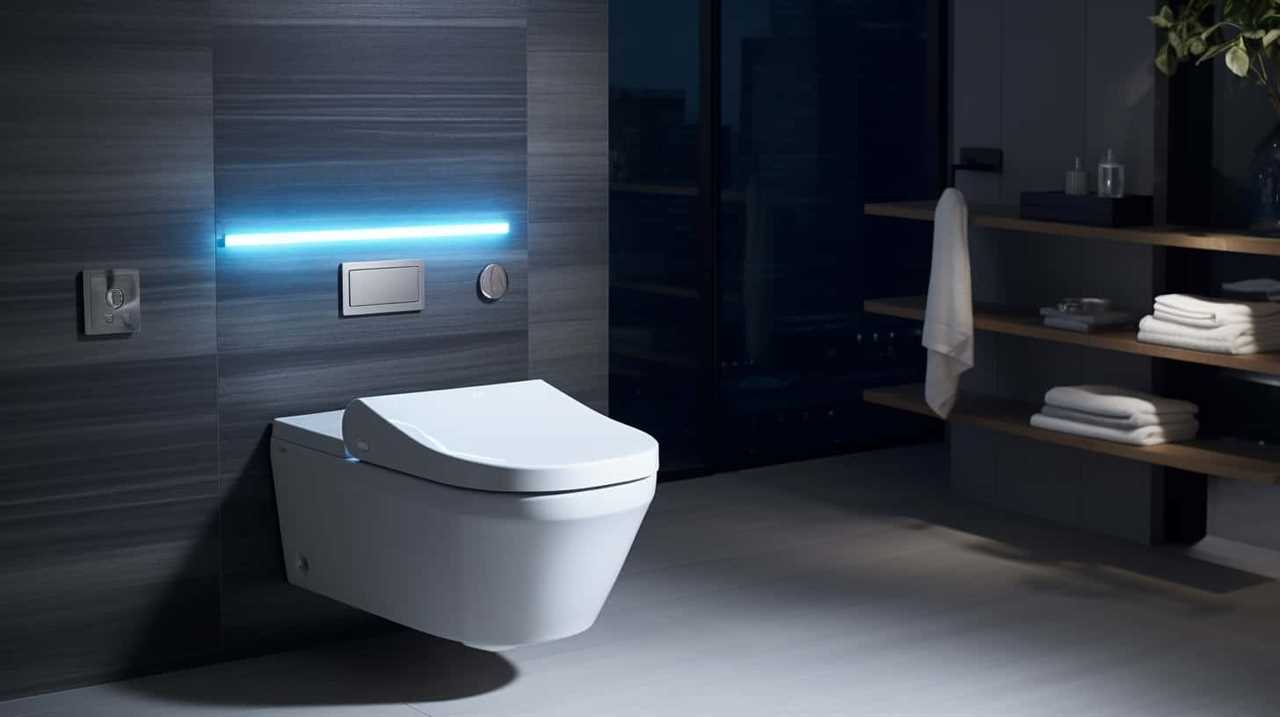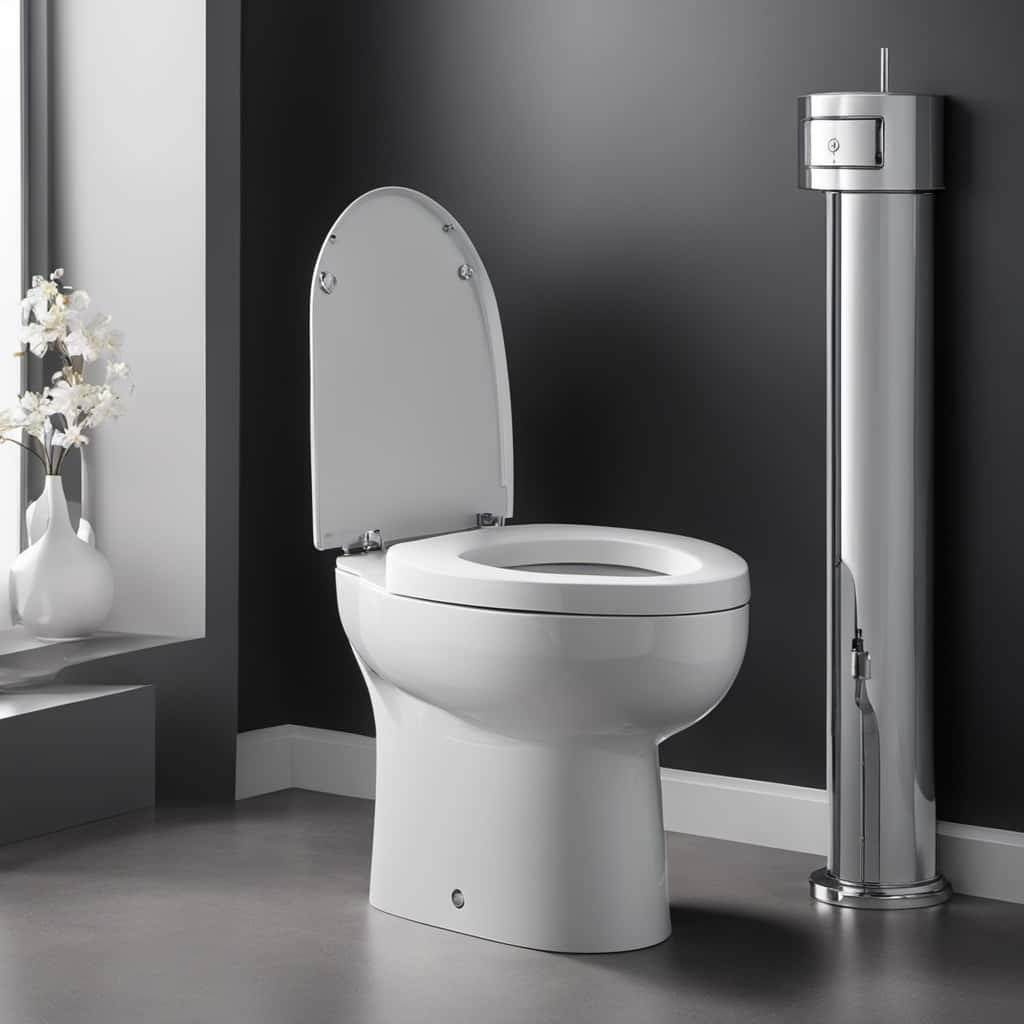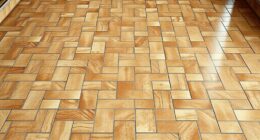Did you know that on average, people spend about three years of their life using the toilet? Given the substantial amount of time devoted to this essential fixture, it’s important to comprehend its components.
In this article, we will explore the various components that make up a toilet, including the tank, bowl, flush mechanism, fill valve, and flapper valve. By gaining mastery over these parts, you’ll be equipped to troubleshoot and maintain your toilet with ease.
Let’s dive in!
Key Takeaways
- Regularly check for issues or malfunctions in the toilet tank
- Clean the tank periodically to remove mineral buildup or debris
- Adequate water pressure is crucial for a powerful flush
- The flapper valve is a crucial component in the flushing process
Toilet Tank
When maintaining our toilets, it’s important to regularly check the toilet tank for any issues or malfunctions. Proper toilet tank installation is crucial for the efficient functioning of the entire toilet system. To ensure smooth operation, it’s recommended to follow the manufacturer’s instructions during installation.
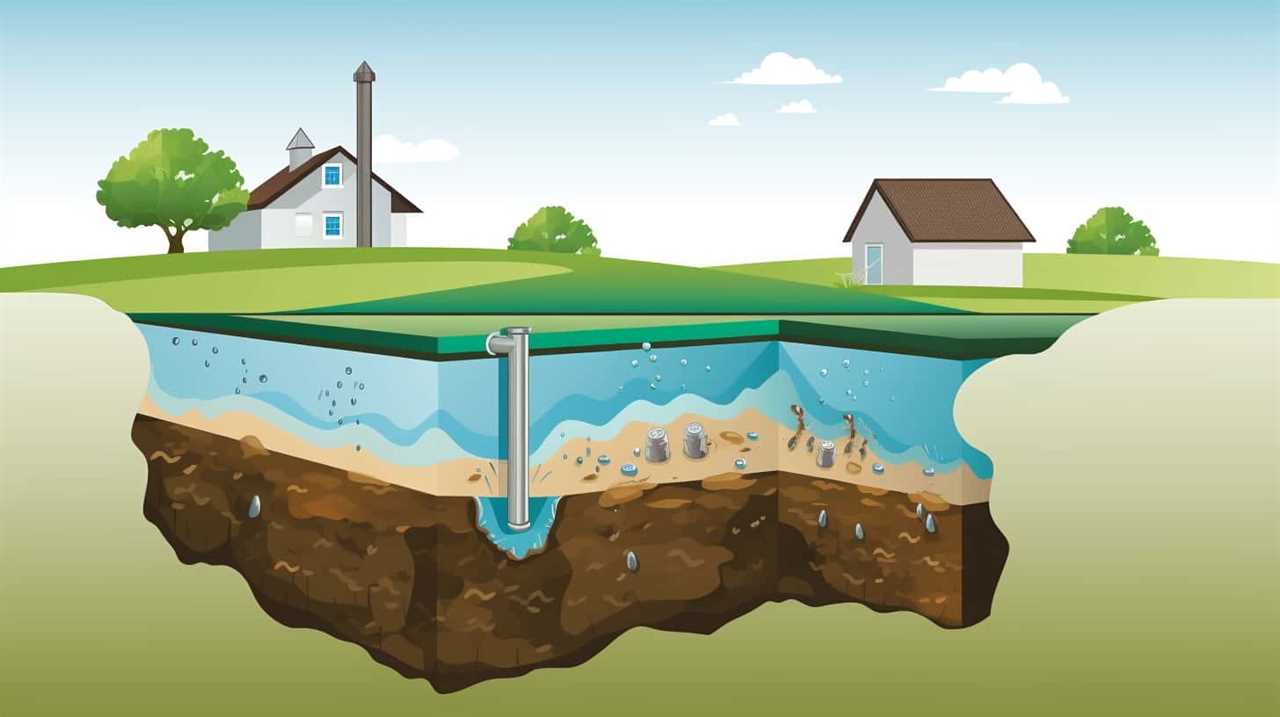
A well-installed toilet tank should have a secure connection to the bowl and a tight seal to prevent any leaks. Regular toilet tank maintenance is essential to avoid problems such as leaks, overflowing, or running water. This can be done by inspecting the tank components, including the fill valve, flapper, and flush valve, for any signs of wear or damage.
It’s also important to clean the tank periodically to remove any mineral buildup or debris that may affect the toilet’s performance. By regularly checking and maintaining the toilet tank, you can ensure a properly functioning toilet system and avoid costly repairs in the future.
Toilet Bowl
Moving from the toilet tank, let’s now delve into the important component of the toilet system – the toilet bowl. The toilet bowl is where waste is collected and flushed away. It is designed to be durable and easy to clean, with a smooth, non-porous surface that prevents bacteria buildup. The bowl is typically made of porcelain or ceramic, materials known for their strength and resistance to stains.
To enhance comfort and hygiene, the toilet bowl is often paired with a toilet seat. The seat is usually made of plastic or wood and can be easily attached and detached for cleaning purposes. It provides a comfortable surface to sit on and serves as a barrier between the user and the toilet bowl.
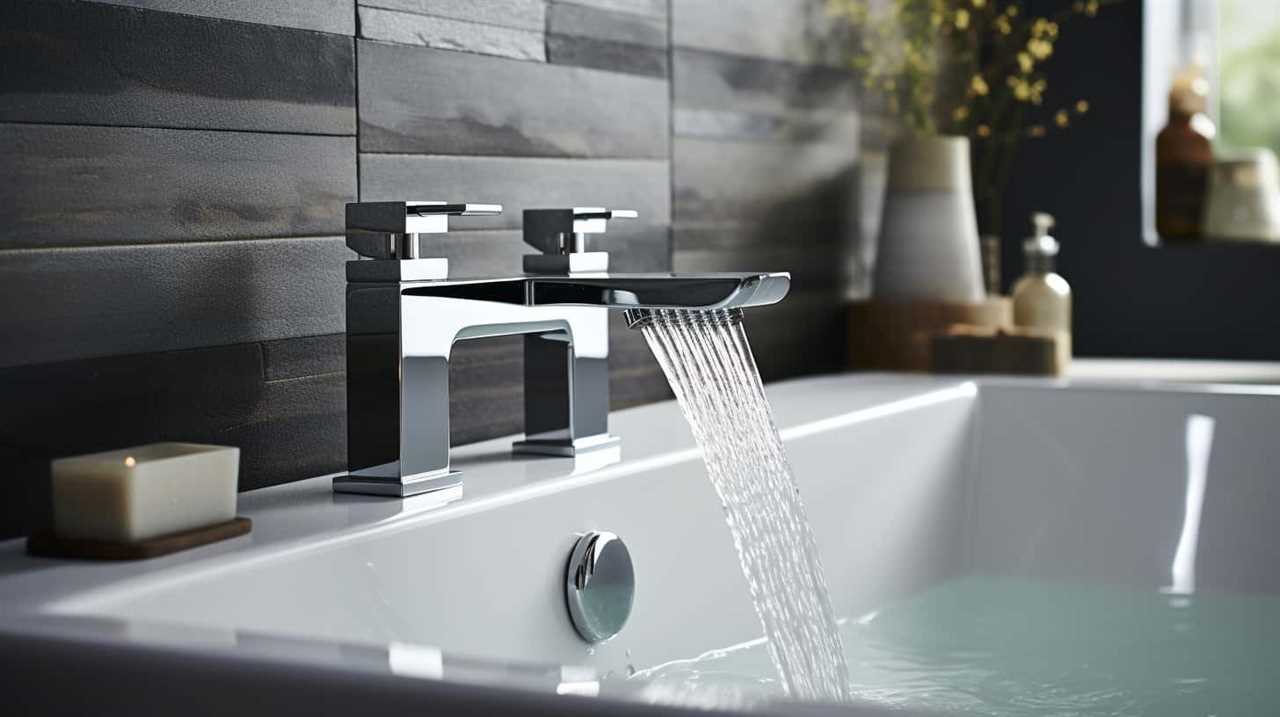
To maintain cleanliness, it is important to regularly clean the toilet bowl and seat using a toilet brush. The brush is designed with bristles that effectively remove stains and residue. It is recommended to use a cleaning solution or disinfectant to ensure thorough sanitation.
| Component | Description |
|---|---|
| Toilet Bowl | Collects waste and flushes it away. Made of durable materials like porcelain or ceramic. |
| Toilet Seat | Provides comfort and acts as a barrier between the user and the toilet bowl. Made of plastic or wood. |
| Toilet Brush | Used for cleaning the toilet bowl and removing stains. Features bristles for effective scrubbing. |
Flush Mechanism
After discussing the toilet bowl, let’s now explore the flush mechanism, which is an integral part of the toilet system. The flush mechanism is responsible for initiating the flushing process and ensuring efficient removal of waste. Here are three key factors to consider when it comes to the flush mechanism:
- Water Pressure: Adequate water pressure is crucial for a powerful flush. Insufficient water pressure can result in incomplete flushing and potential clogging issues. Regular maintenance and checking water pressure levels can help ensure optimal performance.
- Chain Length: The length of the chain connecting the flush handle to the flapper valve plays a significant role in the flush mechanism. If the chain is too short, it can prevent the flapper valve from opening fully, leading to a weak flush. On the other hand, a chain that’s too long may cause the flapper valve to remain open, resulting in water wastage.
- Flapper Valve: The flapper valve is responsible for releasing water from the tank into the bowl during flushing. It’s essential to ensure that the flapper valve is in good condition, free from any leaks or damage, to maintain an effective flush.
Understanding the flush mechanism and its components, including water pressure, chain length, and the flapper valve, is crucial for maintaining a properly functioning toilet system.
Fill Valve
Now let’s explore the fill valve, an essential component of the toilet system. The fill valve is responsible for regulating the water level in the toilet tank after each flush. It ensures that the tank is filled to the appropriate level for optimal flushing performance.

When troubleshooting fill valve issues, there are a few things to keep in mind. First, check for any leaks or drips around the fill valve. This could indicate a faulty seal or a loose connection.
Second, make sure the water supply to the toilet is fully open. If the fill valve isn’t receiving enough water, it may not function properly.
Lastly, familiarize yourself with the different types of fill valves available, such as float cup, diaphragm, and piston valves, to determine the best option for your toilet.
Understanding the fill valve is crucial in maintaining a properly functioning toilet system.

Now, let’s move on to the next section about the flapper valve.
Flapper Valve
As we move forward in our exploration of toilet parts, let’s delve into the functionality of the flapper valve, which plays a crucial role in the flushing process. The flapper valve is a key component that allows water to flow from the tank into the toilet bowl during a flush.
Here are three important points to consider regarding flapper maintenance and replacement:
- Regular maintenance: Inspect the flapper for any signs of wear or damage, such as cracks or warping. Clean the flapper and the area around it regularly to prevent debris buildup, which can affect its proper functioning.
- Flapper replacement: If the flapper is malfunctioning or showing signs of wear, it’s essential to replace it promptly. Ensure you choose a flapper that’s compatible with your toilet model for optimal performance.
- Testing and adjustments: After replacing the flapper, conduct a thorough test to ensure it seals tightly and allows for a complete flush. Make any necessary adjustments to the chain length or flapper position for optimal operation.
Frequently Asked Questions
How Do I Fix a Running Toilet?
First, turn off the water supply to the toilet. Then, remove the lid of the toilet tank and locate the toilet handle. Adjust or replace any faulty components to fix the running toilet.
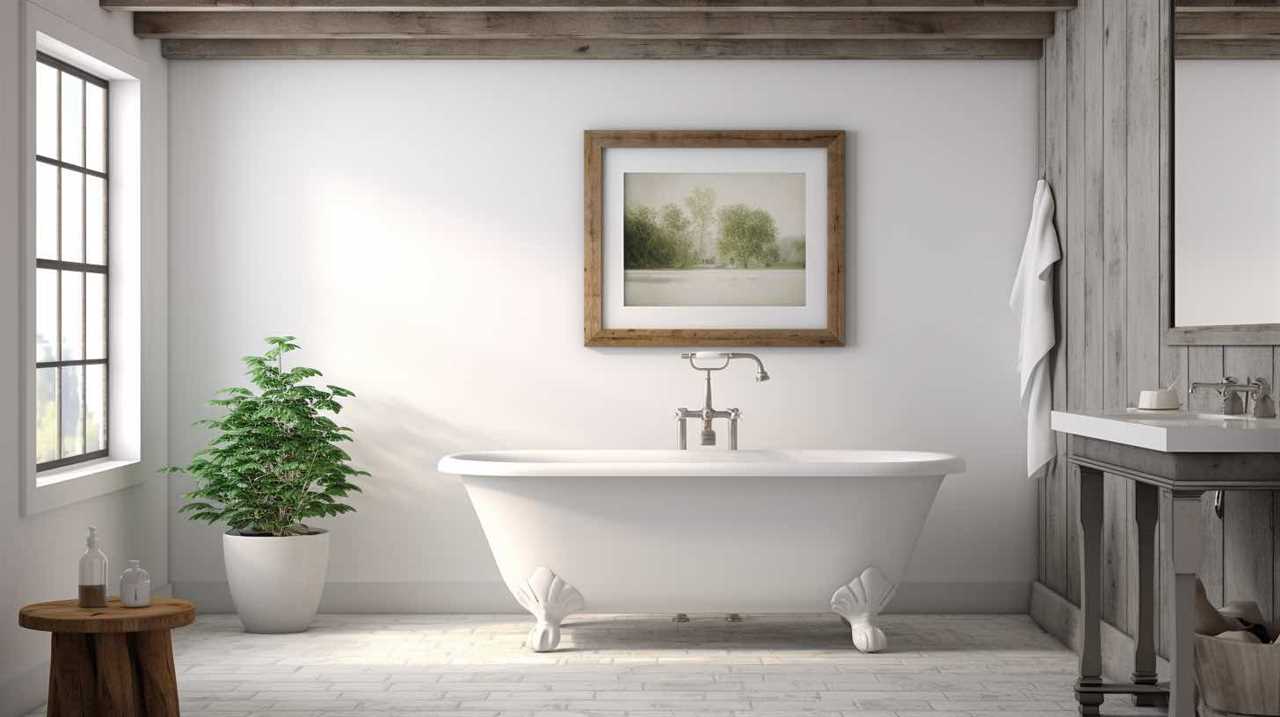
What Should I Do if My Toilet Is Not Flushing Properly?
If our toilet is not flushing properly, we can try some toilet clog solutions and troubleshoot the flushing problems. It’s important to address this issue promptly to ensure proper functioning.
How Often Should I Replace the Toilet Flapper Valve?
We replace the toilet flapper valve every 3-5 years. Signs of a faulty flapper valve include constant running water, low water levels in the toilet bowl, and difficulty flushing. Regular maintenance is key.
Can I Install a Dual Flush Mechanism on My Existing Toilet?
Yes, you can install a dual flush mechanism on your existing toilet. It offers benefits like water conservation and cost savings. Here are some DIY installation tips to help you get started.
How Do I Know if My Fill Valve Is Leaking and How Can I Fix It?
Toilet maintenance is essential for troubleshooting plumbing issues. If our fill valve is leaking, we can identify it by checking for water on the floor. To fix it, we simply need to replace the faulty valve.

Conclusion
In conclusion, the toilet parts discussed – the tank, bowl, flush mechanism, fill valve, and flapper valve – work together seamlessly to ensure proper functioning and efficient flushing.
Their interplay is like a synchronized dance, each component playing its part to perfection.
This visual representation of coinciding ideas highlights the intricacy and precision required for a toilet to operate effectively.
With these vital parts in place, a toilet can provide comfort and convenience to users for years to come.
